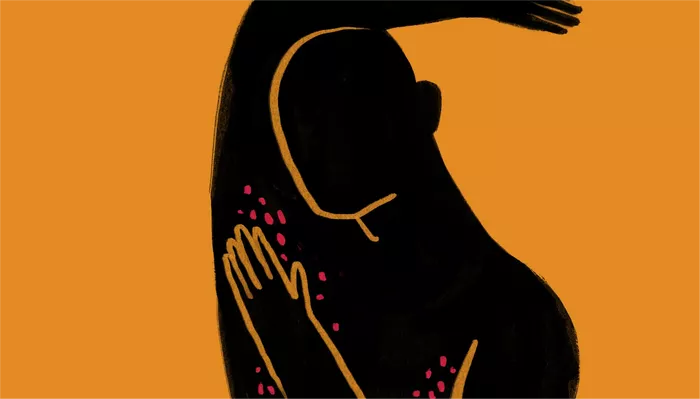Hidradenitis Suppurativa (HS) is a chronic inflammatory skin condition characterized by painful nodules, abscesses, and sinus tracts primarily affecting areas rich in apocrine glands, such as the armpits, groin, and buttocks. Managing HS can be challenging, often requiring a multifaceted approach that may include medications, lifestyle modifications, and various topical or surgical interventions. Among the unconventional strategies that individuals with HS sometimes explore is tanning or exposure to ultraviolet (UV) light. This article aims to investigate the rationale behind using tanning as a potential therapy for HS, examining both its theoretical benefits and the associated risks.
Understanding Hidradenitis Suppurativa
Before delving into the relationship between tanning and HS, it’s crucial to comprehend the nature of this dermatological condition. HS is considered a complex disease involving abnormalities in the hair follicles and immune system dysfunction. The exact cause remains elusive, but factors like genetics, hormonal influences, and inflammation are believed to play significant roles. HS often leads to painful, recurrent lesions and can have a profound impact on quality of life due to discomfort, restricted mobility, and psychological distress.
The Role of Ultraviolet (UV) Light in Dermatological Conditions
UV light, particularly from the sun, has been known to affect various skin conditions. Exposure to UV radiation can modulate immune responses and has anti-inflammatory properties, which can be beneficial for certain skin diseases like psoriasis. Historically, phototherapy (light therapy) has been used in dermatology to manage conditions like eczema, vitiligo, and psoriasis, where controlled exposure to UV light can suppress abnormal immune responses and reduce inflammation.
Tanning and HS: The Hypothesis
The rationale behind using tanning or UV exposure for HS stems from the observation that UV light can suppress immune responses and reduce inflammation. Advocates of this approach suggest that controlled exposure to UV light may help alleviate symptoms of HS by targeting the underlying inflammatory processes and possibly reducing the frequency or severity of flare-ups.
Examining the Evidence
Despite the theoretical basis for using tanning to manage HS, empirical evidence supporting this practice is limited and often anecdotal. Most studies investigating the effects of UV light on HS are small-scale or observational in nature, lacking robust clinical trials to definitively establish its efficacy. However, some research has explored the use of phototherapy (including UVB and UVA light) as a potential treatment for HS, showing mixed results.
A 2017 study published in the Journal of the American Academy of Dermatology suggested that narrowband UVB phototherapy could be effective in reducing HS lesions and improving symptoms in some patients. Another study from 2020 in the British Journal of Dermatology reported similar findings, indicating that phototherapy might have a role in the management of HS. Nonetheless, more high-quality research is needed to substantiate these findings and determine optimal protocols for UV exposure in HS.
Risks and Considerations
While UV exposure may offer potential benefits for HS management, it’s essential to consider the associated risks. Prolonged exposure to UV radiation carries well-documented risks, including premature aging of the skin, sunburn, and an increased risk of skin cancer. Individuals with HS often have sensitive skin prone to scarring and hyperpigmentation, making them particularly vulnerable to these adverse effects.
Moreover, certain medications commonly used to treat HS, such as antibiotics and retinoids, can increase photosensitivity, heightening the risk of adverse reactions to UV exposure. Therefore, any decision to incorporate tanning or phototherapy into an HS management plan should be made under the supervision of a dermatologist or healthcare professional who can assess individual risk factors and monitor for potential complications.
Conclusion
In conclusion, while the idea of using tanning or UV light to manage HS is intriguing and supported by some preliminary evidence, it remains a contentious topic in dermatology due to the lack of robust clinical data. Patients with HS should approach this approach cautiously, weighing potential benefits against known risks, and always seek guidance from qualified healthcare providers.
Moving forward, more research is needed to elucidate the precise mechanisms by which UV light influences HS and to establish standardized protocols for safe and effective phototherapy in this patient population. Until then, traditional therapies backed by stronger evidence, such as topical or systemic medications and surgical interventions, remain the mainstay of HS management.
Related Topics:


























